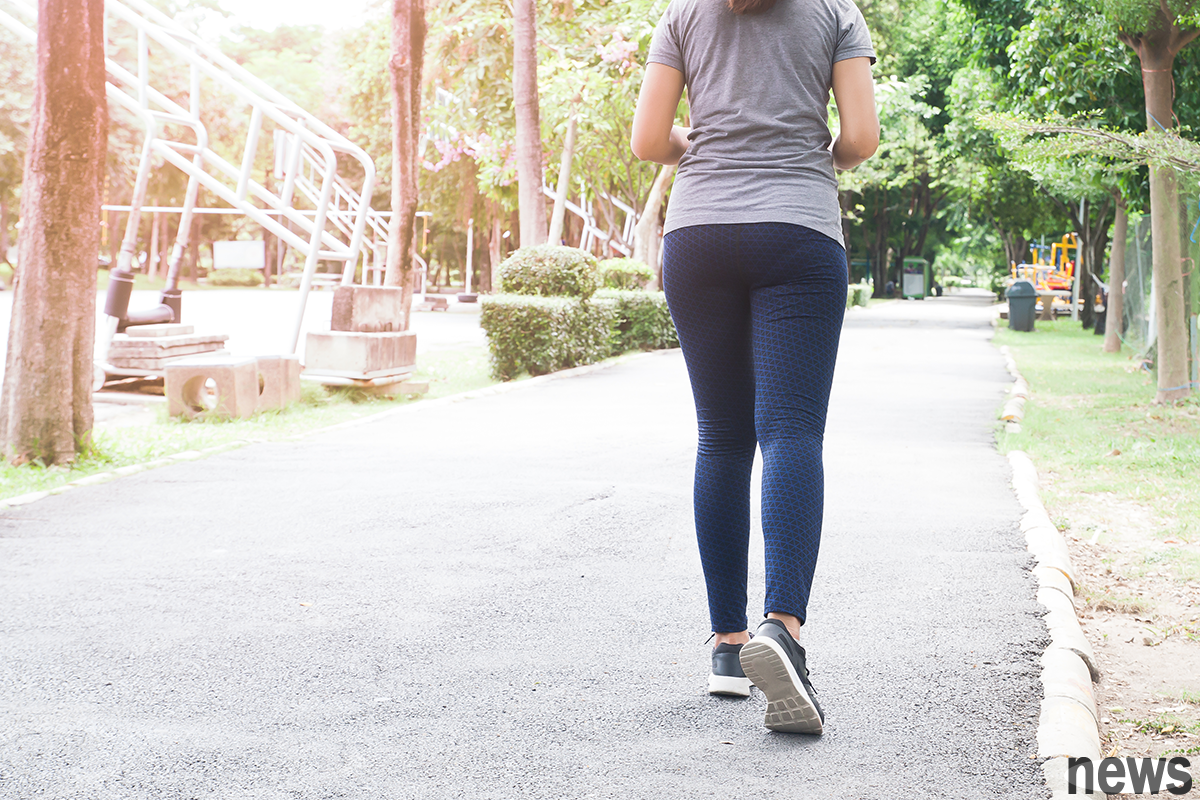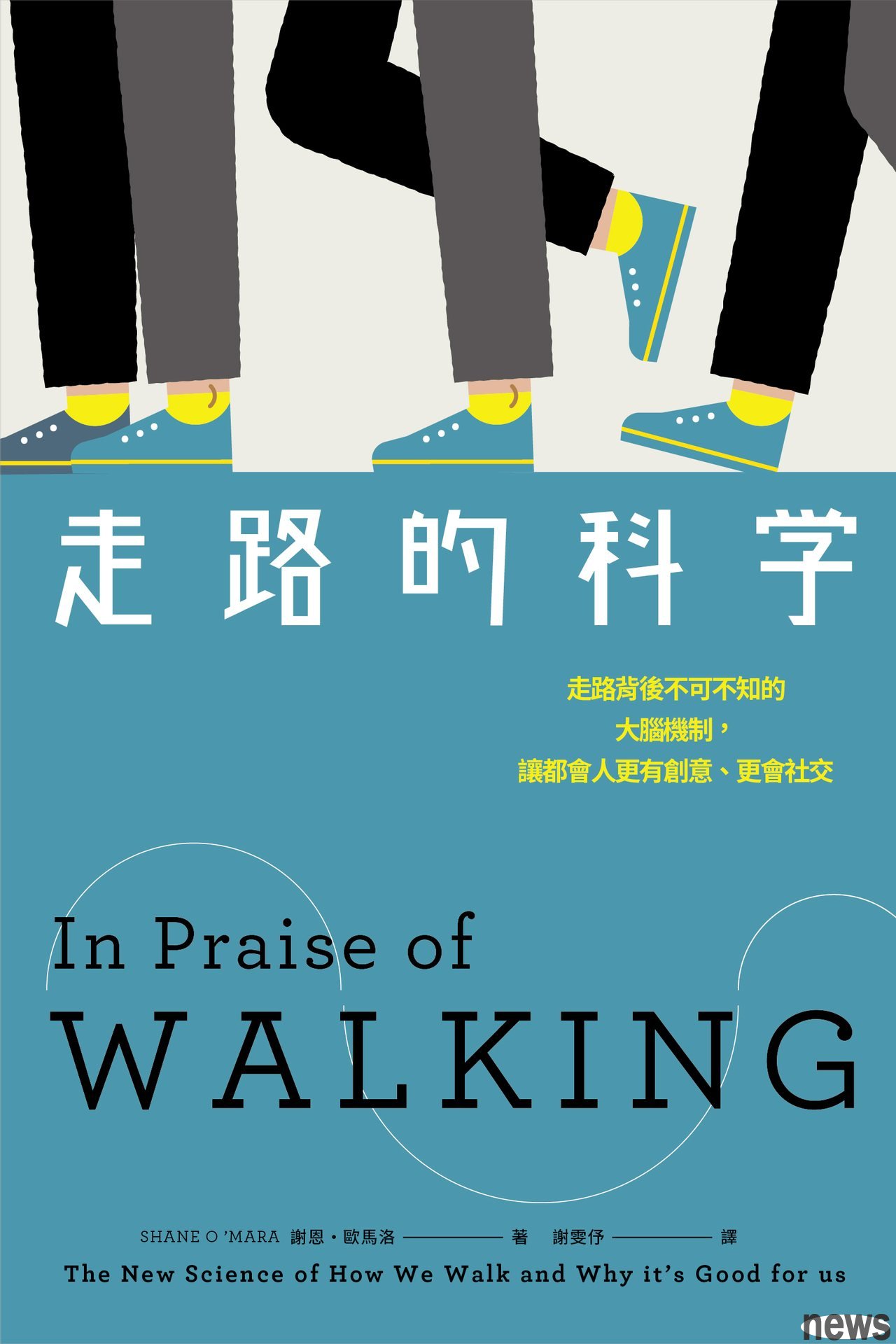"Unless you stop walking, you won t get older!" The scientist told you how good you walk

【Text, Pictures/Selected from the Eight Banners Culture "The Science of Walking", author Xie En Eumalo]
Why is it good for you when walking?Stand up and walk, you can change the energy of your brain, which can be proven. American psychologist John. Ridley. The Schump mission designed by John Ridley Stroop is used to test "knowledge control"; in a sentence, it means testing how easily you can control your concentration and thinking ability. The Schupper mission is a practical experience of turning colors and single-character identification. The subject will receive a string of color names (red, green, blue, black, etc.). Some of these names are printed in the same color letters (for example, the word "Red" is shown in the red letter), and others are printed in the different color letters (for example, the word "Red" is shown in the green letter). The subject was asked to identify the color used in the single word as quickly as possible. Generally speaking, when the printed word is consistent with the color it represents, the respondent's response will be both fast and accurate. On the contrary, when the printed word does not match the color it represents, the reaction time will be much slower.
Under double mission situations, the performance of the subject is usually weakened. For example, when the subject is focused on color naming, the sentences played in the headphones must be monitored simultaneously, and the button is pressed when hearing a specific word or word. This kind of Schupper effect is extremely reliable and easy to measure. It can be seen that some of the attention needs to be placed on the specific aspect of visual stimulation, and at the same time actively pressure the attention of visual stimulation in other aspects in order to make a suitable response.
What will happen if action is added to this complex task? Experimental psychologist David. David Rosenbaum and his colleagues at Trayervo University guessed that standing alone could have an impact on the performance of the Schupp experiment. Through three sets of experiments, they found that when the subjects stood and received the tests that Schupp responded, their slower reaction speed due to inconsistent stimulation would be faster than when they sat. It seems that standing by this action alone has urged more knowledge and neural resources. If the situation is the opposite, these resources will remain calm. In addition, recent studies have shown that walking increases blood flow in the brain and can compensate for the damage caused by sitting for a long time. After sitting for a long time, stand up regularly. This simple action can activate more neural knowledge resources, change the brain state, and build a call for action and knowledge.
In addition to improving cognitive control, walking clearly also brings many other advantages. We all know that walking is good for our hearts. Walking also has benefits for other parts of the body. Walking can protect and repair organs affected by pressure and tension. Walking is good for the digestive tract and can help food peristalsis in the kidneys. Regular walking can also prolong brain aging, and even worse, it can also reverse brain aging. Recently, there has been a practical experiment requiring older people to participate in a relatively unexpensive walking community three times a week. As a result, during the course of a year, the normal aging of these walking community members, brain secondary learning and memory support areas, have significantly reversed. After about two years of progress, the body size of these areas has also increased. This is amazing, showing that regular walking can start the plasticity of brain-like muscle strengthening to strengthen the brain.
 A method that describes the relevant literature directly explains the relationship between aging and walking: unless you stop walking, you will not get older; and you should not stop walking just because you are old. A large number of regular walking, especially high-speed walking and suitable rhythm, can prevent many bad things caused by aging. Walking is also related to increasing creativity, improving mood and improving our thinking ability. Doing aerobic exercise after learning can give people a better memory of what they have learned before. Reliable and regular aerobic movements can allow new cells in the brain to proliferate new cells that support learning and memory. Regular exercise can also stimulate important molecules (called brain-derived neuronal nutrients or BDNF) that increase brain plasticity. The sentence "Event is treatment" is correct: no other drug can provide this positive benefit than walking; drugs have side effects, but no exercise.
A method that describes the relevant literature directly explains the relationship between aging and walking: unless you stop walking, you will not get older; and you should not stop walking just because you are old. A large number of regular walking, especially high-speed walking and suitable rhythm, can prevent many bad things caused by aging. Walking is also related to increasing creativity, improving mood and improving our thinking ability. Doing aerobic exercise after learning can give people a better memory of what they have learned before. Reliable and regular aerobic movements can allow new cells in the brain to proliferate new cells that support learning and memory. Regular exercise can also stimulate important molecules (called brain-derived neuronal nutrients or BDNF) that increase brain plasticity. The sentence "Event is treatment" is correct: no other drug can provide this positive benefit than walking; drugs have side effects, but no exercise.




